List of Eye Drops for Dry Eyes
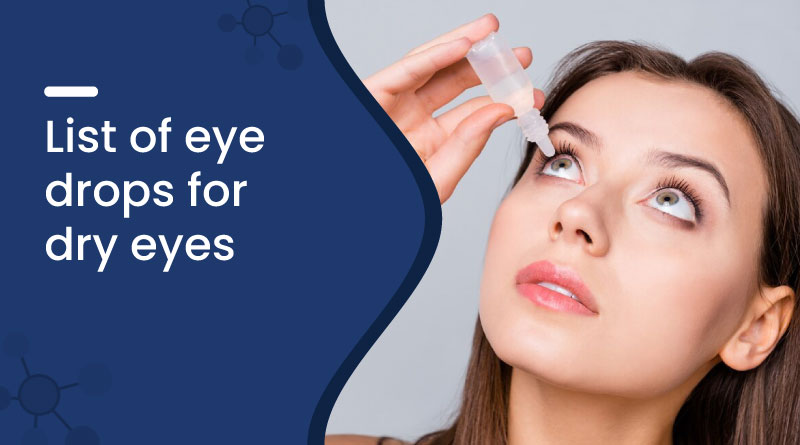

Artificial tears are an ophthalmic solution that plays an important role in treating dry eye symptoms such as eye irritation, pain, discomfort, redness, eye inflammation, vision impairment, and light sensitivity. These drops provide lubrication to the eyes and prevent moisture loss and ocular surface dryness. Dry eye drops dissolve soluble impurities such as dust, debris, and irritants, and wash them out.
Different types of eye drops are used based on the symptoms of dry eyes, including:
- Lubricant eye drops: Moisturize the eyes.
- Preservative-free eye drops: Suitable for sensitive eyes.
- Preservative-containing eye drops: Used for non-sensitive eyes.
- Lubricating gels: Provide long-lasting moisture.
- Gel-based ointments: Applied to the ocular surface.
- Anti-allergy eye drops: Prevent and treat allergies.
- Anti-inflammatory eye drops: Reduce eye inflammation.
- Antibiotic eye drops: Treat bacterial infections in the eyes.
What Are Dry Eyes?
Dry eye is a condition that occurs when the eyes do not produce enough tears to lubricate the eyes, leading to symptoms such as eye irritation, pain, discomfort, redness, vision impairment, and light sensitivity. These symptoms can be caused by various factors, including a lack of tear production, hormonal changes, environmental changes, aging, contact lenses, and underlying diseases.
Different Types of Dry Eye Conditions
- Evaporative Dry Eye: Moisture loss from the eyes.
- Aqueous Deficient Dry Eye: Insufficient tear production.
- Mixed Condition Dry Eyes: Excess tear loss and lack of tear production.
- Blepharitis-Associated Dry Eye: Eyelid inflammation.
- Contact Lens-Related Dry Eye: Dryness due to an incompatible lens.
- Post-Surgical Dry Eye: Decreased tear production and eye inflammation.
- Hormonal Changes-Related Dry Eye: Decreased tear production due to hormonal imbalance.
Different Types of Medicines Used for Dry Eyes
Different medicines are used for dry eyes, depending on the condition being treated:
Artificial Tears for Dry Eyes
- Sodium Hyaluronate: A lubricant that moisturizes the eyes, reduces tear evaporation, and prevents eye dryness.
Lubricant Ointment for Dry Eyes
- Liquid Paraffin and Wool Wax Ointment: Used as lubricants to hydrate the eye surface and prevent surface inflammation.
Topical Steroids for Dry Eyes
- Loteprednol Etabonate: Helps reduce eye inflammation.
- Fluorometholone: Another steroid effective in reducing eye inflammation.
Antibiotics for Dry Eyes
- Amoxicillin: Treats bacterial infections and reduces eye inflammation.
- Doxycycline: An antibiotic that helps with bacterial eye infections.
- Azithromycin: Commonly prescribed to treat bacterial infections and inflammation in the eyes.
Generic Medicines for Dry Eyes Condition
Generic medicines play an important role in treating dry eye symptoms. Generic medicines are legal and cost-effective alternatives to branded medicines, as they have the same salt, dosage, uses, action, and dosage form as branded medicines. Generic medicines are much cheaper compared to branded medicines.
List of Generic Medicines for Dry Eye Condition
| Generic Medicines | Use |
|---|---|
| Carboxymethylcellulose Sodium + Glycerin Eye Drops | Relief from the dryness of the eye. |
| Carboxymethylcellulose Sodium + Hypromellose Eye Drops | Provides lubrication, reduces dryness and irritation, and protects from sunburn. |
| Dextran + Hypromellose Eye Drops | Relieves ocular infection, tear damage, and protects from sunburn. |
| Hydroxypropyl Methylcellulose Eye Drops | Used as a surgical aid during eye surgery and contact lens replacement. |
| Polyethylene Glycol + Propylene Glycol Eye Drops | Provides relief from burning and irritation in dry eyes. |
| Sodium Hyaluronate Eye Drops | Used in all types of dry eye conditions and treats post-surgical inflammation. |
Disclaimer
Generic medicines have the same therapeutic action, dosage, and duration as branded medicines. Generic drugs are cheaper than branded medicines. The dosage and duration of generic medicine should be recommended by your doctor. Consult your doctor before switching from branded to generic medicine.
List of Eye Drops for Dry Eyes in India
| Eye Drops Name | Composition | Benefit |
|---|---|---|
| Zeemoist Eye Drops | Sodium Hyaluronate I.P. 0.1% w/v, Stabilized Oxychloro Complex 0.0075% w/v | Provides lubrication to the eye, prevents tear drainage, increases screen time, and reduces eye inflammation. |
| Lubitina Plus Eye Drops | Hydroxypropylmethylcellulose 0.7% + Borax 0.19% + Boric Acid 0.19% + Sodium Chloride 0.45% + Potassium Chloride 0.37% + Benzalkonium Chloride 0.01% | Provides lubrication to the eye, prevents eye drainage, reduces strain, and increases screen time. Treats environmental and hypokalemia (lack of potassium)-related eye dryness. |
| Hypermist 1 Eye Drops | Sodium Carboxymethylcellulose 1% | Provides moisture to the eye, prevents tear loss, reduces eye inflammation, irritation, and pain, and dryness caused by contact lens use and environmental factors, and reduces the burning sensation. |
Disclaimer
Always use the medicine as per the recommended dosage and duration. Consult your doctor.
How to Select the Best Eye Drops for Dry Eyes?
The selection of eye drops for dry eyes depends on the condition being treated, preservative reactions, the use of lubricants, contact lenses, and their compatibility with the eyes. In cases of severe dryness, Zee Lab Eye Drops such as Zeemoist Eye Drops, Lubitina Plus Eye Drops, and Hypermist 1 Eye Drops are proven to be effective treatments. These medicines provide lubrication to the eyes, prevent tear drainage, and relieve symptoms such as irritation, redness, discomfort, pain, visual disturbances, and light sensitivity.
How to Use Eye Drops for Dry Eyes?
Eye drops for dry eyes should be used as prescribed by your physician. Generally, 1-2 drops in each eye are recommended twice daily or as directed. Follow these steps:
- Wash your hands properly.
- Tilt your head back for easy administration.
- Do not touch the container opening or dropper tip to prevent contamination.
- Use the dropper provided to release the eye drops into the eye.
- After applying the drops, close your eyes gently and avoid blinking.
- Regular use for 1-3 months is advisable for relief from dry eyes.
Best Zeelab Pharmacy Eye Drops for Dry Eyes
Zeemoist Eye Drops
Description:
Zeemoist Eye Drops are an ophthalmic preparation used to treat dry eye symptoms, including post-operative symptoms such as irritation, swelling, redness, pain, discomfort, visual disturbances, and light sensitivity. It contains Sodium Hyaluronate I.P. 0.1% w/v and Stabilized Oxychloro Complex 0.0075% w/v. These drops lubricate the eyes, prevent tear drainage, relieve dry or irritated eyes, and increase screen time. Stabilized Oxychloro Complex is a non-irritant preservative that maintains eye hygiene, making these drops ideal for treating sensitive dry eyes.
Uses of Zeemoist Eye Drops:
- Provides lubrication to the eyes.
- Prevents tear drainage.
- Increases screen time.
- Reduces eye inflammation.
Lubitina Plus Eye Drops
Lubitina Plus Eye Drops effectively treat dry eyes and irritation. The combination includes Hydroxypropylmethylcellulose 0.7%, Borax 0.19%, Boric Acid 0.19%, Sodium Chloride 0.45%, Potassium Chloride 0.37%, and Benzalkonium Chloride 0.01%. These components provide moisture, reduce dryness, inflammation, discomfort, and pain. Hydroxypropylmethylcellulose and Sodium Chloride hydrate the eyes, while Borax and Boric Acid maintain pH balance. Potassium Chloride restores electrolyte levels and prevents further damage.
Uses of Lubitina Plus Eye Drops:
- Treats environmentally related eye dryness.
- Provides lubrication and prevents tear drainage.
- Reduces strain and increases screen time.
- Treats hypokalemia-related eye dryness.
Hypermist 1 Eye Drops
Hypermist 1 Eye Drops relieve dry eye symptoms. It contains Sodium Carboxymethylcellulose 1%, which lubricates the eyes, retains moisture, prevents tear drainage, reduces inflammation, pain, and dryness caused by contact lenses and environmental factors, and provides a soothing effect.
Uses of Hypermist 1 Eye Drops:
- Treats environmentally related eye dryness.
- Provides moisture and prevents tear drainage.
- Reduces strain and increases screen time.
- Reduces eye inflammation.
Natural Remedies for Dry Eyes
- Warm Compress: Hold a warm cloth on your eyelids several times a day to reduce irritation, inflammation, and increase tear production.
- Hydration: Drink plenty of water throughout the day to maintain eye moisture.
- Aloe Vera Gel: Apply aloe vera gel around the eyelids to moisturize and reduce inflammation.
- Cucumber Slices: Place cucumber slices on closed eyes for a cooling and moisturizing effect.
- Eye Massage: Gently massage the eyes to stimulate oil gland secretion and increase tear production.
- Castor Oil: Apply castor oil to the eye surface for long-term moisturization.
- Omega-3 Rich Diet: Consume fish and flaxseed, which contain omega-3 fatty acids to stabilize the eye film and reduce inflammation.
Herbal Remedies for Dry Eyes
| Medicine Name | Active Ingredient | Benefits |
|---|---|---|
| Draksha (Grapes) | Anthocyanin Antioxidants | Apply Draksha paste mixed with sugar around the eyelids for a cooling and moisturizing effect. |
| Ghrita (Cow Ghee) | Antioxidants, Fatty Acids | Apply ghee around the eyelid and eyelashes to treat dryness within minutes. |
| Triphala Solution | Amla, Bibhitaki, Haritaki | Rinse eyes with a Triphala solution to relieve eye dryness. |
| Chandana (Sandalwood) | Album Oil, Alpha-Santalol | Apply a mixture of sandalwood and castor oil to the eyelids for a moisturizing and cooling sensation. |
Safety Advice
- Do not use eye drops if you are allergic to any ingredients.
- Avoid wearing contact lenses immediately after applying eye drops.
- Store in a cool, dry place, away from direct sunlight.
Frequently Asked Questions (FAQs)
Q: Can eye drops for dry eyes be used daily?
A: Yes, eye drops for dry eyes can be used daily to relieve irritation. Use as directed by your doctor.
Q: Are eye drops for dryness suitable for post-operative care?
A: Yes, these drops are effective in treating post-operative swelling and irritation.
Q: How long should I wait before wearing contact lenses?
A: Wait at least 15 minutes after using eye drops before reinserting contact lenses.
Q: Can I use eye drops for dry eyes with other eye medications?
A: Consult your doctor before combining eye drops with other medications to avoid potential interactions.
Q: What are the potential side effects of eye drops?
A: Mild irritation and increased tearing may occur in some cases.
When to See a Doctor?
If your dry eye symptoms persist or worsen after using artificial tears, consult an ophthalmologist for a comprehensive eye exam and treatment.
Conclusion
Eye drops for dry eyes play an essential role in treating symptoms such as irritation, inflammation, tear drainage, burning sensation, discomfort, and pain. The best eye drops should be non-irritant, compatible with contact lenses, and effectively treat symptoms of dry eyes.
Hydroxypropylmethylcellulose (0.3% w/v) + Borax (0.19% w/v) + Boric Acid (0.19% w/v) + Sodium Chloride (0.45% w/v) + Potassium Chloride (0.37% w/v)
10 ml Eye drops in 1 bottle
Sodium Carboxymethylcellulose (1% w/v)
10 ml In 1 bottle
Recent Blogs
Disclaimer : Zeelab Pharmacy provides health information for knowledge only. Do not self-medicate. Always consult a qualified doctor before starting, stopping, or changing any medicine or treatment.

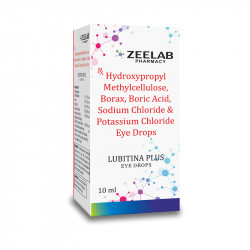
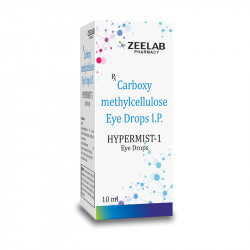
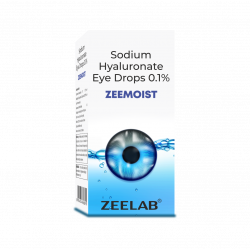
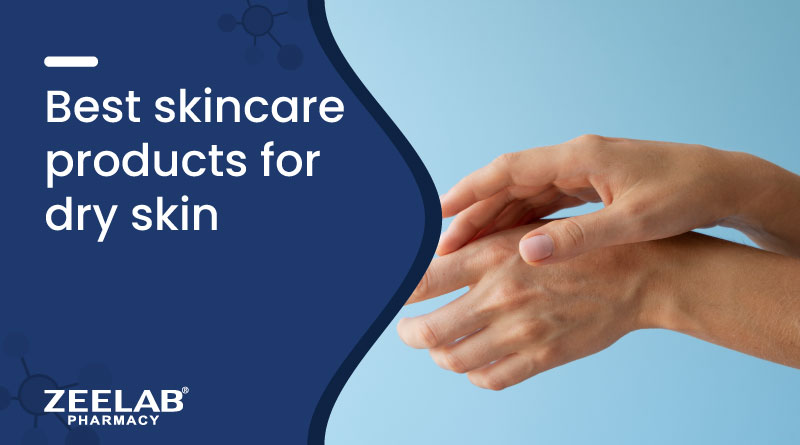
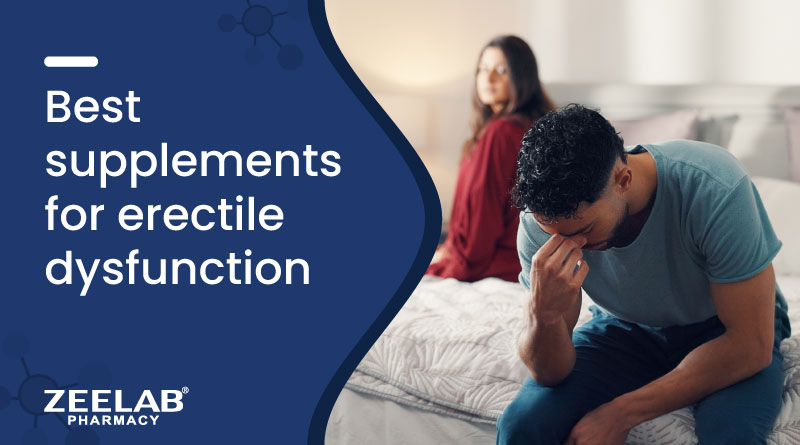
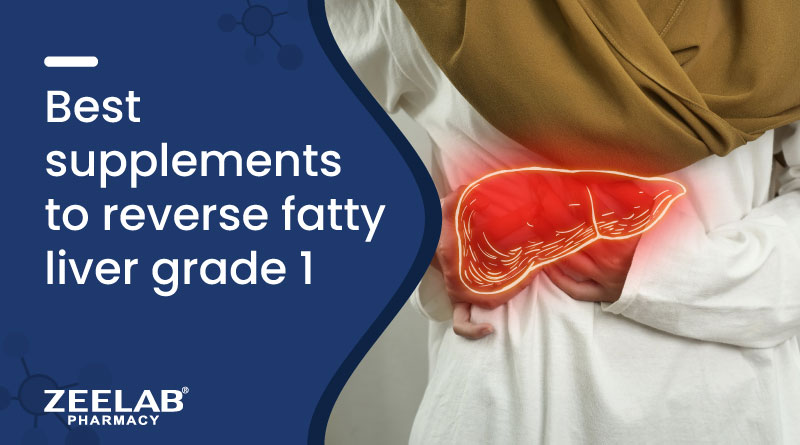
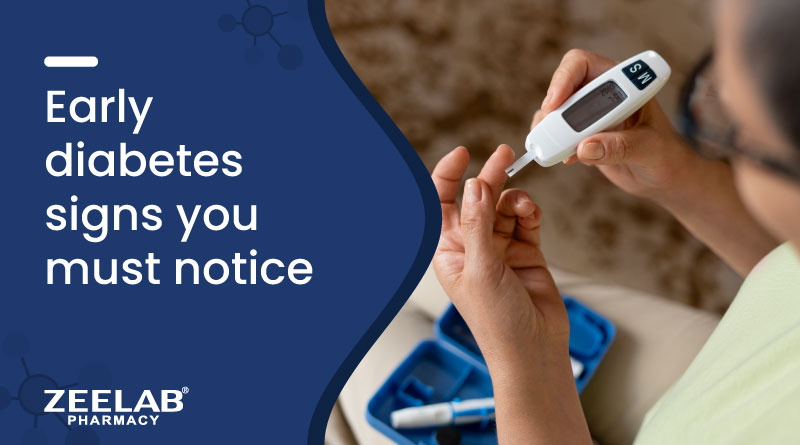
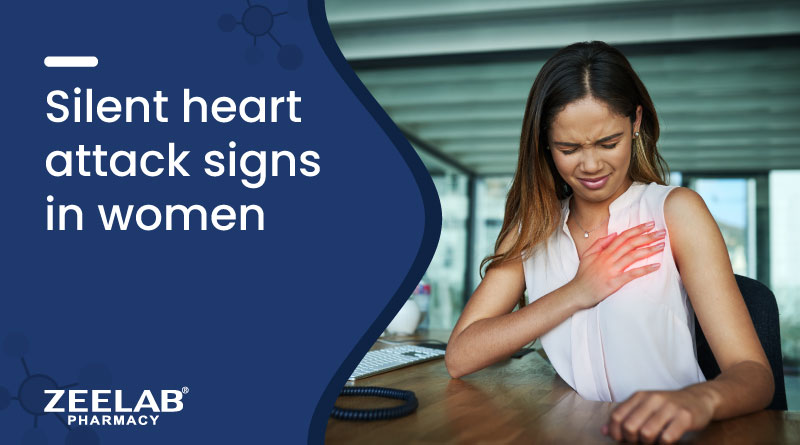
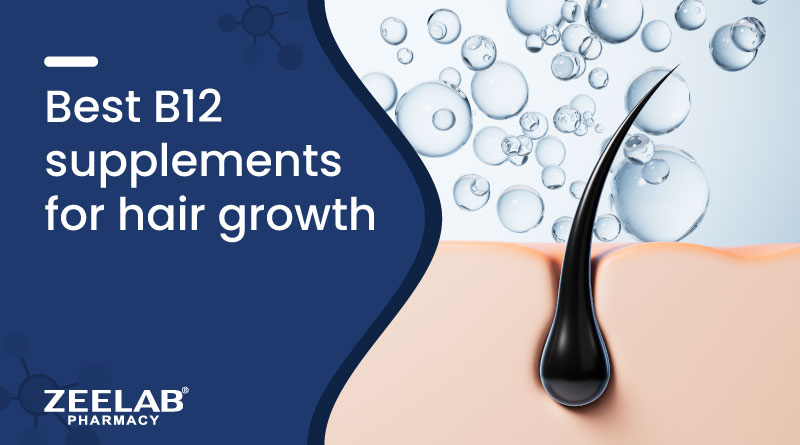









 Added!
Added!